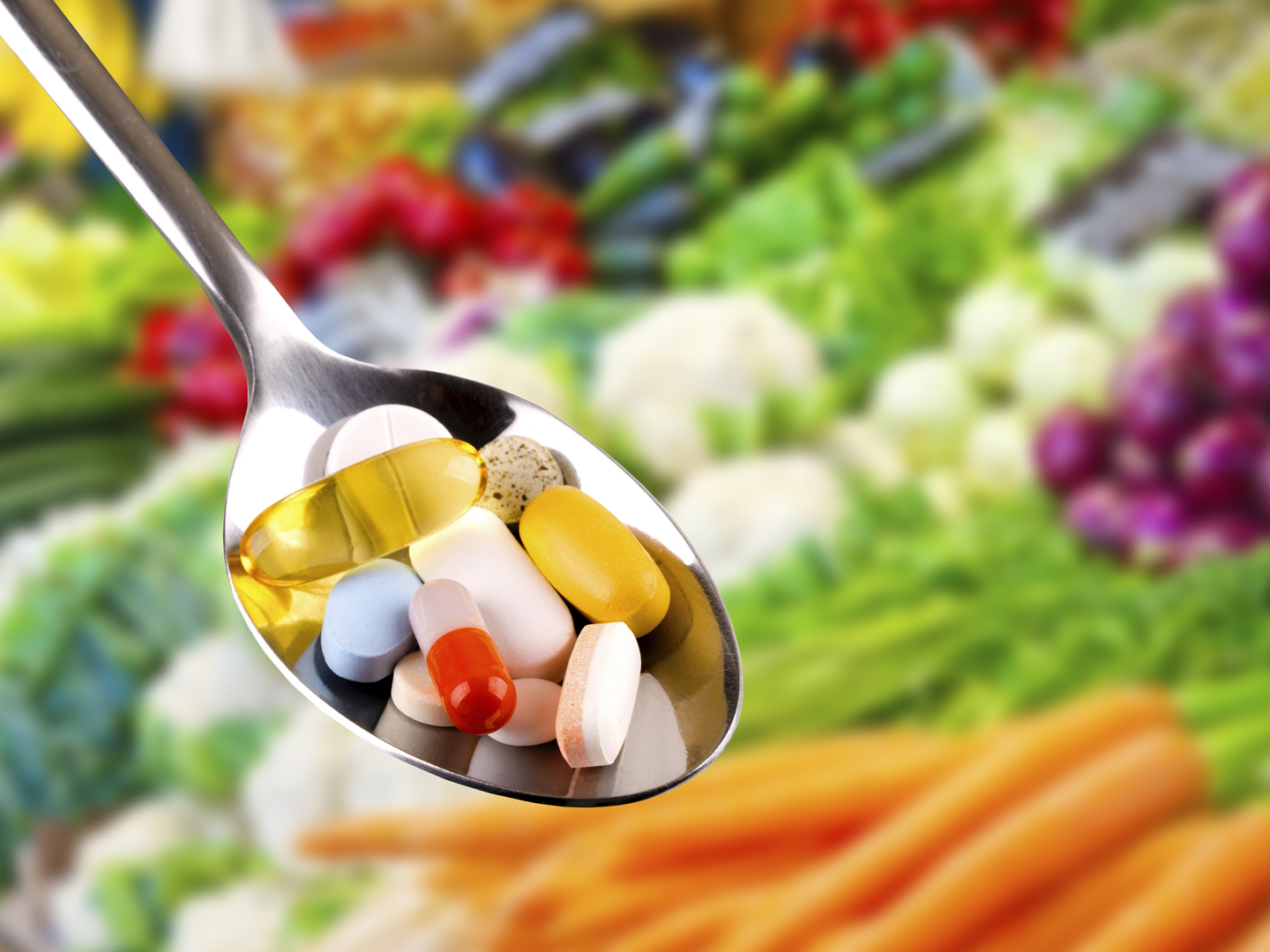
In our previous blog article, we reviewed the issue of supplement purity. Now, let’s consider the issue of supplement potency. When we use the term potency, we’re referring to two things: (1) the strength and freshness of the supplement, and (2) the quantity or concentration of active ingredients. These factors can vary greatly among supplements with ostensibly the same ingredients but different brand names. Your first question should be: Is the main ingredient(s) biologically active and thus likely to confer some benefit? Since potency declines over time, supplement labels should carry an expiration date – a basic measure of quality assurance. They should also carry warnings regarding potential harmful interactions or side effects. Unfortunately, because most companies do not produce supplements designed specifically with the needs of cancer patients in mind, it is rare that these specific concerns are mentioned. This is even more reason that we believe physicians and nutrition experts must oversee, examine, and monitor the formulations they advise for cancer patients, as we do here at the Block Center.
If you think potency is not a serious concern for supplement users, think again. While some manufacturers provide chemical analysis of their herbal products – which can give the consumer at least a measure of confidence in their products – there are many supplements available for sale that have inadequate levels of active ingredients, and some that actually contain no active ingredients whatsoever! As a case in point, consider the findings from a study that sampled dozens of different ginseng products. After pooling the results of numerous analyses, the investigators concluded that six out of every ten products were deemed “worthless,” while one in four contained no ginseng at all! (ginseng is among the herbal agents that have shown the potential to have both anticancer as well as stress-reducing – adaptogenic – properties).
The situation with St. John’s wort, another widely used supplement, is similarly disturbing. Hypericin is thought to be one of the active ingredients in St. John’s wort, one that helps to account for the herb’s antidepressant impact (another compound, hyperforin, is likely even more important). But one analysis found that seven of ten preparations did not meet the label’s claims of hypericin content! What’s worse, three of the ten products tested contained less than 50 percent of the label’s claims; and four of the ten had less than 90 percent of the labeled claims!
Echinacea is a popular herbal agent that people use for immune support. Consumer Reports analyzed a dozen echinacea supplements for their phenolic content, since phenols are deemed to be the main active components. The researchers found that the phenolic content varied by more than fivefold in the products they tested! We know from previous studies that high-quality echinacea preparations show a phenolic content of at least four percent. Shockingly, of the echinacea products analyzed in this study, only 17 percent (fewer than one in five) actually met this key criterion for quality!
The three supplements we’ve just mentioned – ginseng, St. John’s wort, and echinacea – are among the more commonly used supplements on the market. But they are just the tip of the supplement industry iceberg. Independent third-party testing has shown that many other agents have also failed to meet the label claims for content. Certainly, the lack of governmental standards for quality, as well as a lack of regulatory responsibility on the part of the manufacturers, plays a significant role in this ongoing problem.
Herbs are not the only kind of substance used for dietary supplements. Vitamins, minerals and specific phytochemicals extracted from foods (such as beta-carotene) are also important supplement constituents. These phytochemicals can also be synthesized chemically instead of extracted from foods. In general, we lean towards natural phytochemical supplements over synthetic supplements, because the latter may tend to have lower potency or may lack anticancer properties that we feel are important. For instance, natural vitamin E contains 8 different phytochemicals, whereas synthetic vitamin E contains only one (alpha-tocopherol, commonly included in commercial multivitamins). But some of the other 7 phytochemicals, such as gamma-tocotrienol, have anticancer properties that alpha-tocohpherol lacks.
Now for some good news! Our awareness of issues of supplement quality is improving. In 2007 the FDA published a set of rules for what are called “Good Manufacturing Practices” for U.S. supplement producers. These rules were designed to get manufacturers to implement procedures such as:
Keeping records on individual batches of supplements
Using good identification practices
Using appropriate equipment
Protecting supplements from becoming adulterated
Establishing quality control processes
Therefore, it might be helpful to look for a product that has the “GMP” stamp on it. However, this does not guarantee that the supplement is safe – particularly for cancer patients – or that it’s been third party tested for potency and purity.
In Conclusion:
As we have discussed, when used properly, nutraceuticals can be a powerful tool in increasing the health, treatment benefits and quality-of-life of many patients. Conversely, these products can be seriously problematic when used improperly and without appropriate supervision. This is particularly true if one is fighting a disease such as cancer, as there are many widely available supplements on the market that are not suitable for cancer patients. We strongly recommend seeking the advice and guidance of a healthcare practitioner who is knowledgeable and experienced in the use of nutraceuticals prior to taking them. And, equally important, discuss all of the supplements you are taking with your treating physician.

